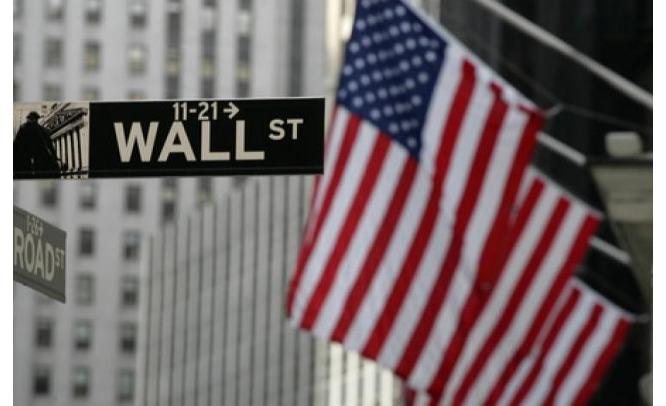It implies a short rise in price of a stock, which has suffered a fall in its prices and refer to those securities or stocks which have poor past performance and are unlikely to recover.
23rd August 2013
Newspaper articles and television commentaries have different audiences, Journalists use metaphor in an attempt to make the prose more lively and interesting, writers use pressing language that will stimulate the interest of the reader, the “dull” fall may be replaced by “tumble”, “plummet” or other verbs in the interest of variety. A stimulating and appealing style is always the objective; using such action defining “verbs” will arouse the interest of the reader and enhance the visibility of the article. In 1995, Geoff P Smith of the University of Hong Kong made an effort to gather and classify those metaphors, Smith coagulated the metaphors and his thoughts to into a monograph called How High Can a Dead Cat Bounce ? Metaphor and the Hong Kong Stock Market, his writings appeared in the journal Hong Kong Papers in Linguistics and Language Teaching. Smith sourced the jargons and the unfamiliar language used in the Wall Street mainly from three sources the South China Morning Post’s business supplement, the Asian Wall Street Journal and the Asia business news television programme.
Journalists exploit the volatility of the stock market by using funny metaphors carrying a concealed meaning. Some of the popular Wall Street jargons used by journalists are mentioned below:
“Strong bears came out of the woods determined to drag the market down”
“The bears had their claws firmly dug in and were not letting go”
Consider these two lines, for a market novice this language seems to be perplexing, but the writer here is referring to a market scenario wherein the prices of securities are falling and investors anticipate losses in the current market scenario, the writer uses the phrase to describe the situation in the market.
Other metaphors referring to the Stock market:
“The market was very nervous”
“The bounce was more technical than substantial”
“The Hang Seng Index dropped like a brick”
Dead Cat Bounce
The most funniest and weirdest of all is the “Dead Cat Bounce”, the term is a wall street expression which means a temporary recovery in a financial market, it is an expression used to describe the phenomenon of a stock or share bottoming out to near zero and then recovering with a sharp buying spree from bargain hunters, the notion here is that even a dead cat will bounce if dropped from a higher altitude. The use of this phrase in a sentence can be illustrated through this example:
“Your stock prices going up is no more than a dead cat bounce: it doesn’t have the juice to stay up.
It implies a short rise in price of a stock, which has suffered a fall in its prices and refer to those securities or stocks which have poor past performance and are unlikely to recover. “ A dead cat bounce is when the market increases within an existing downward sloping channel, makes a lower high, and then falls again within the existing downward sloping channel to make a lower low” says, Thomas H. Kee Jr. , President and CEO of Stock Traders Daily where he offers strategies and newsletters to both institutional and individual investors.
Trading a Dead Cat Bounce
“Dead Cat Bounce” occurs when investors have panicked or have been caught by surprise in a bearish market. The pattern consists of a gap during a downtrend when prices have moved between the close of one day and the open of the next trading day. Larger gap in the pattern would add more significance to the pattern; the gap is triggered by an unexpected turn of events appearing after or before normal trading time. The gaps indicate that the traders have “overreacted” to the data, the stock oversells and retraces back towards the gap. The top and bottom of the gap will act as resistance barriers and if the market or stock peels off from these resistance levels, the subsequent decline can be quite significant. The rally back towards the gap is a good example of a bull trap and the final decline that completes the pattern can be the largest and fast as a feedback loop of stop losses to push more sellers into the market.
Trading on a technical price pattern involves three steps: Identifying the pattern and wait for confirmation, estimate an initial price target and use the information gathered in the first two steps to select the right trade strategy and manage the position.

